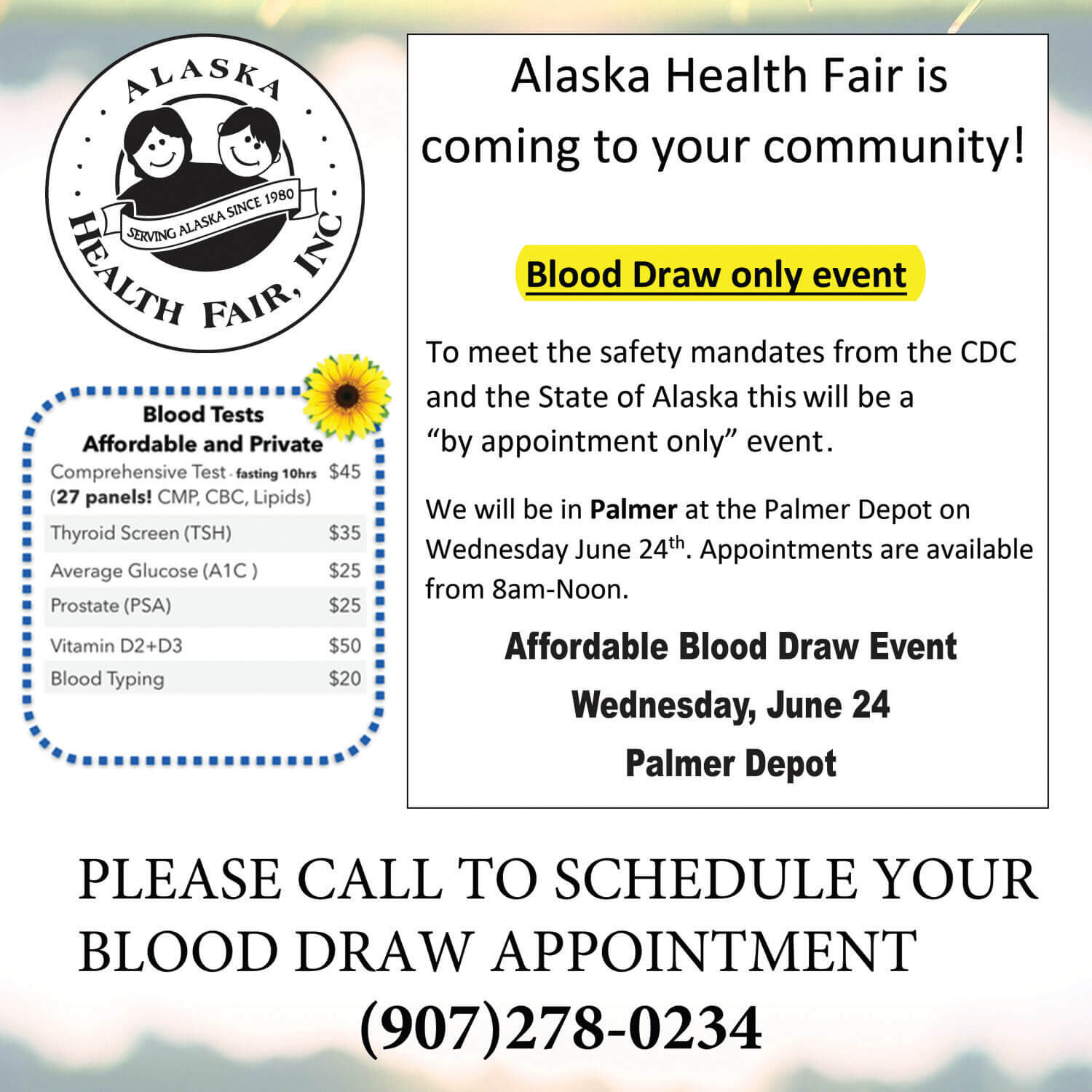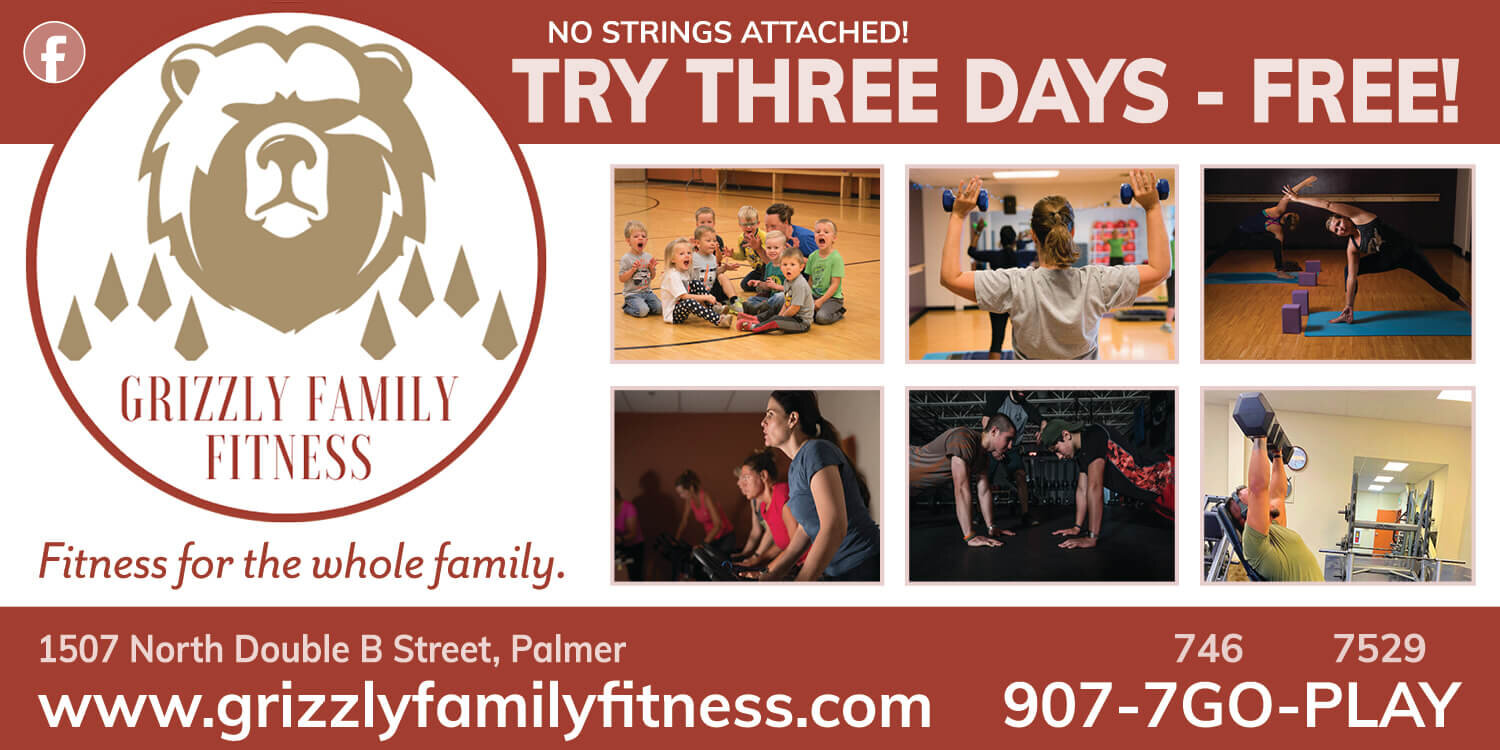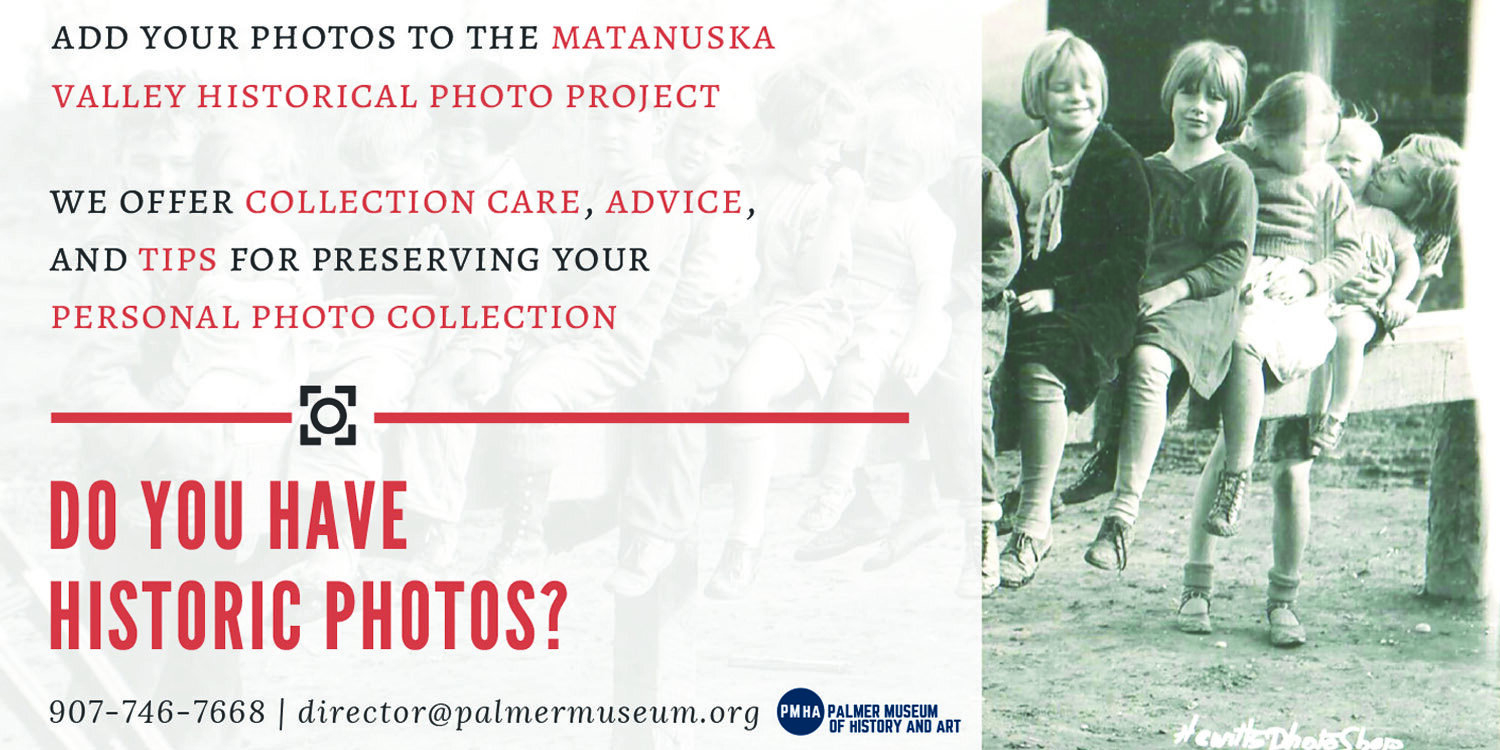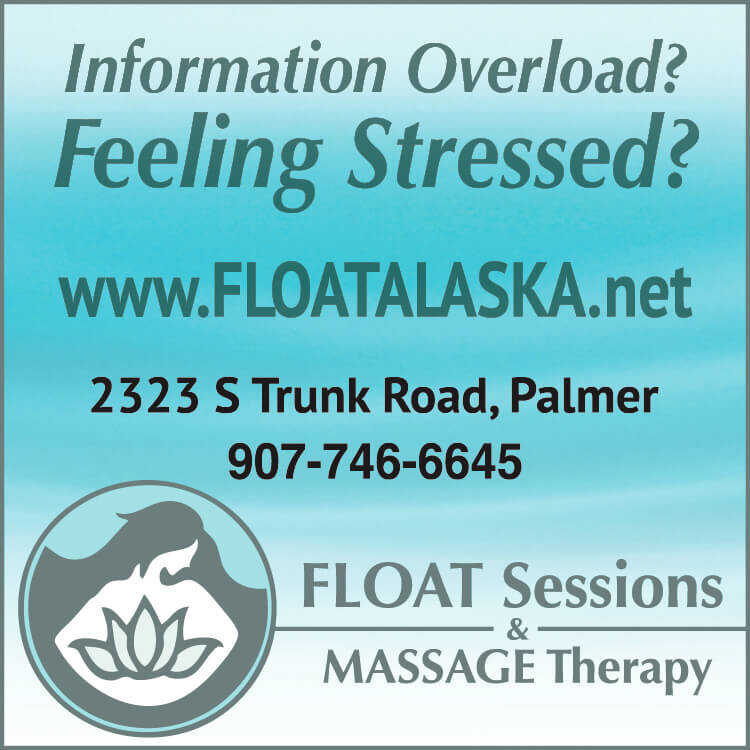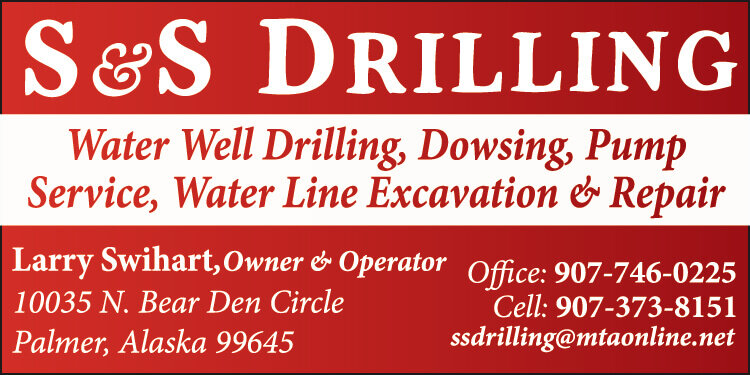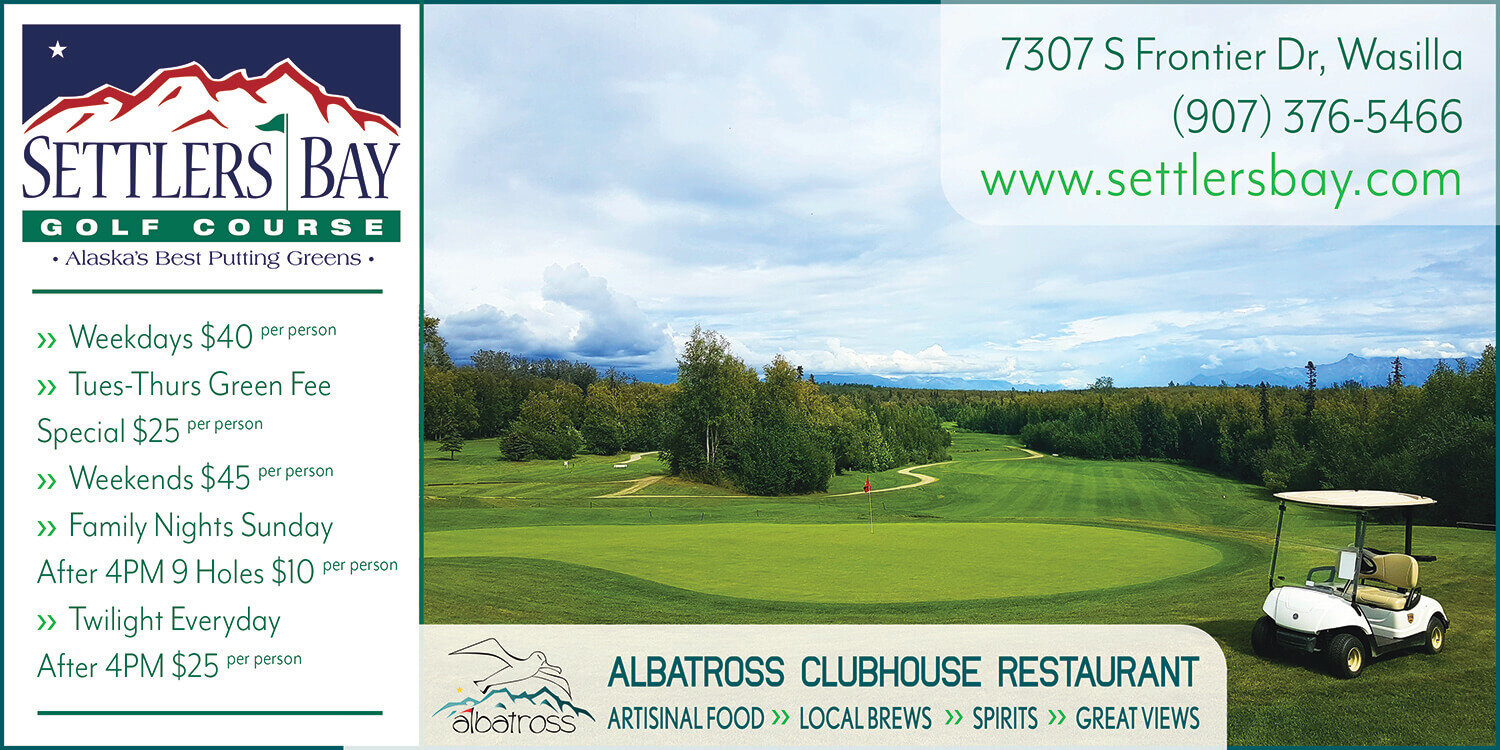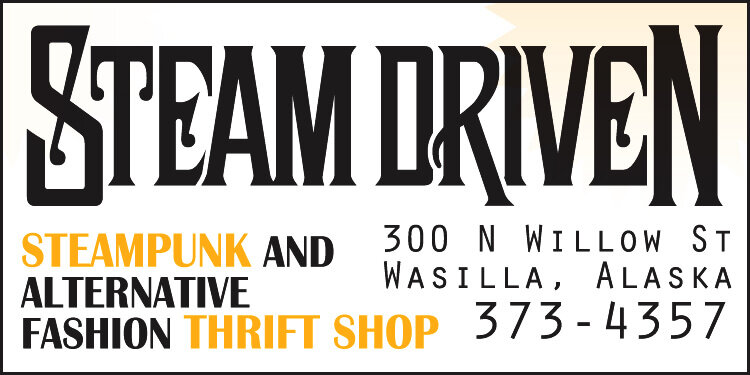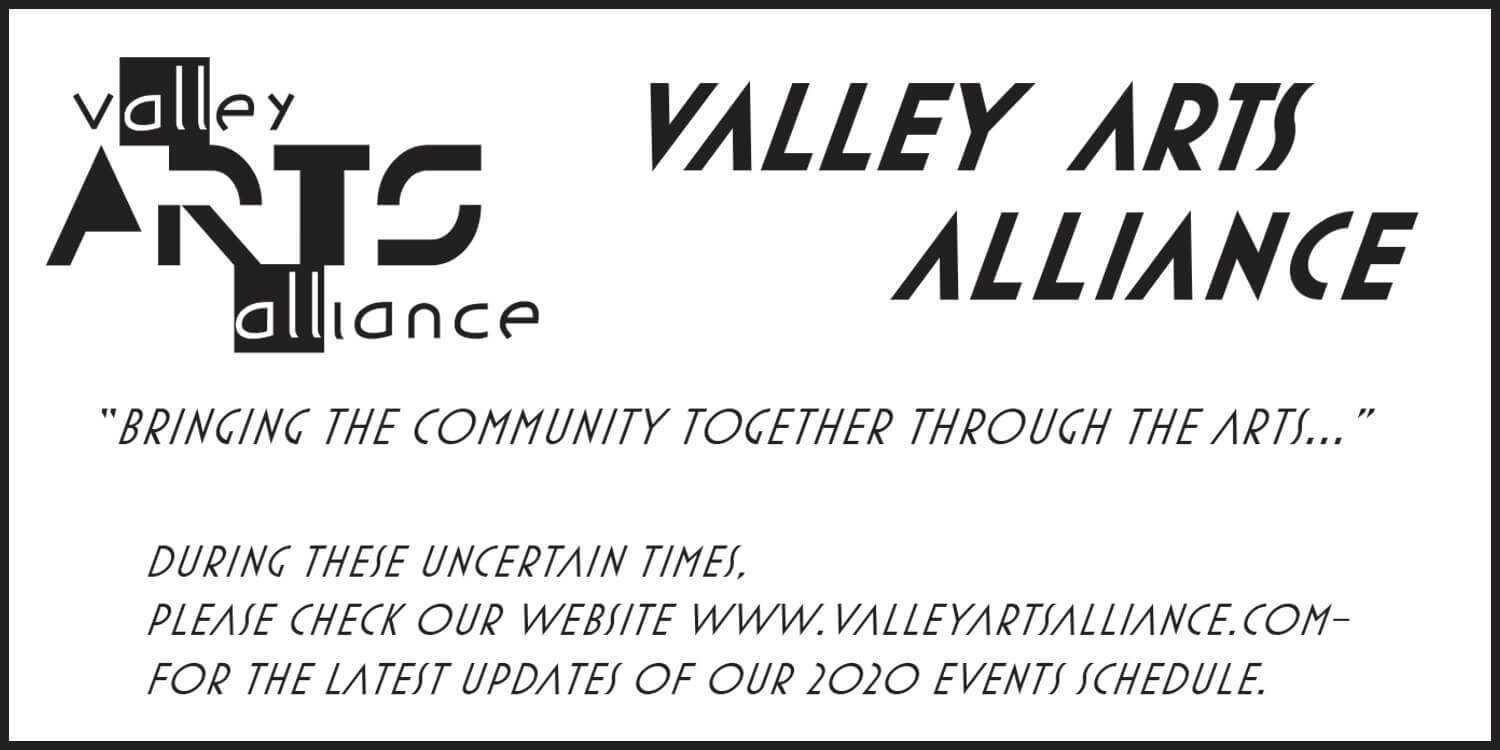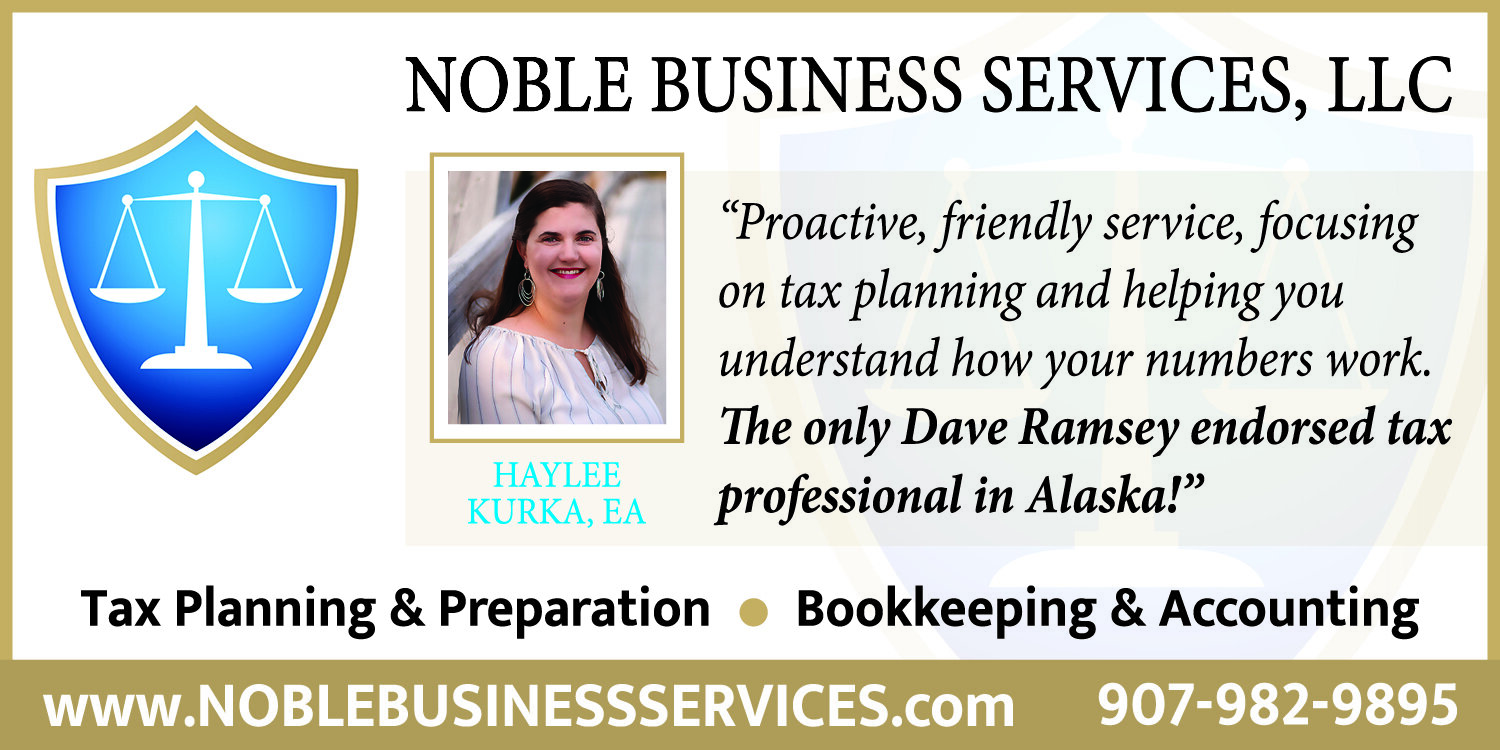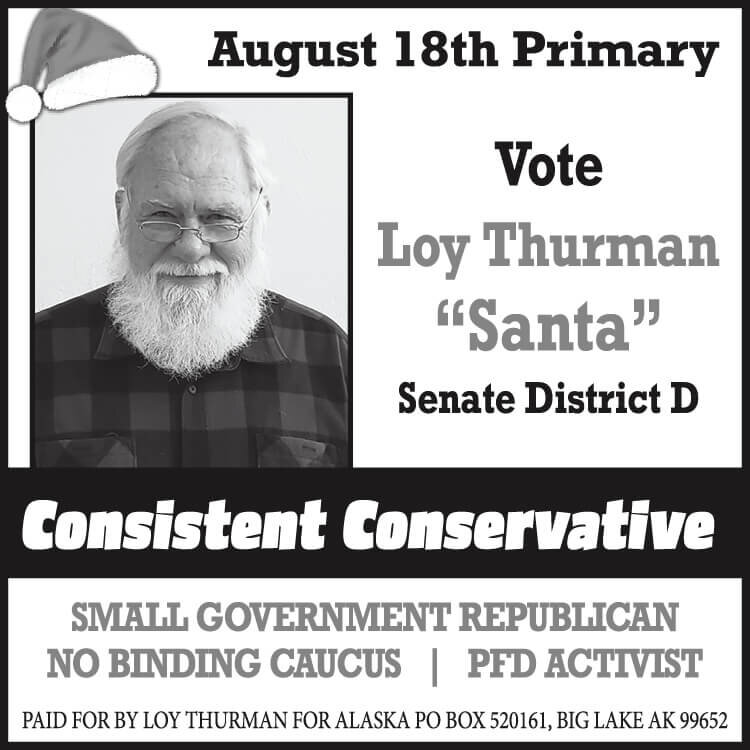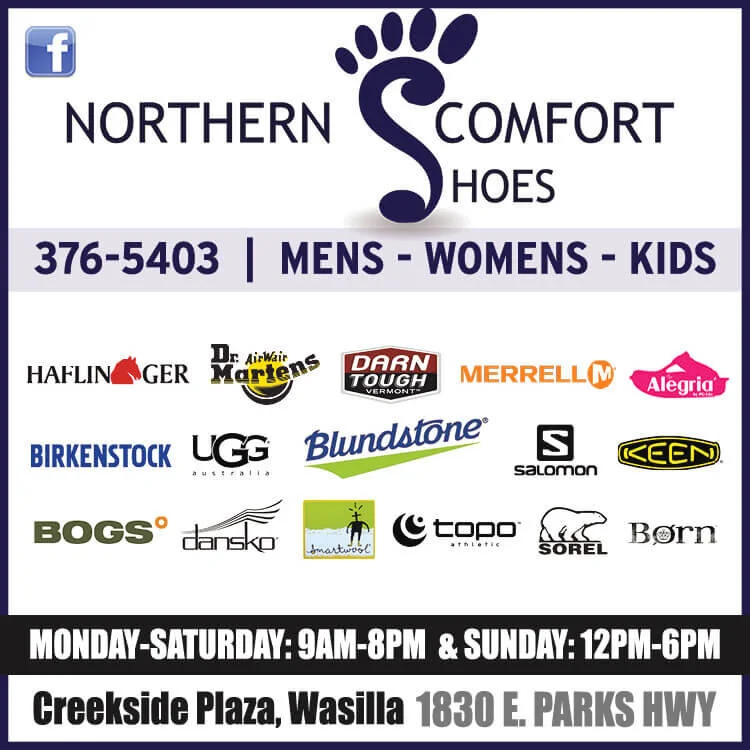Contributed by Todd Farnsworth
So, you got that guitar off Craigslist. You haggled on price because the action is an inch high, the fretboard hasn't been cleaned since its construction and the photo did it too much justice. No worries – you're handy and aren't opposed to applying a little elbow grease. You get her all cleaned up and conditioned (with Wood & Wire small batch cleaner and oil, of course) and put that fresh set of strings on. Oh yeah, the strings are still a foot off the board. But it ain't no thang, you have the perfect wrench for the truss rod. That'll take care of that pesky action, right? Wrong.
Yes, how you set the truss rod does indeed affect the action, to a degree. But it's important that you understand its function is NOT to set your string action. Other components of the guitar and how it’s setup control that. String height is more or less a byproduct of what a truss rod does: setting the neck relief.
Contrary to popular opinion, you don't want your neck completely flat. You want a slight amount of bow, called relief, or you'll likely end up with fret buzz, particularly when setup with low action. This is what your truss rod accomplishes. Too much relief, and you will end up with a guitar that plays less than comfortably and will likely buzz in the upper registers. Too little and you'll likely get the aforementioned fret buzz, especially at the first fret.
Now that we're on the same page with truss rod function, you should know that the whole neck is not affected by the truss rod. What?! I know, it seems strange, but the actual working portion of the rod doesn’t run the entire length of the neck. It really only works from about the 1st/2nd fret till somewhere around the14th on an acoustic and somewhere around the 16th on an electric. Basses might get away with the 1st/2nd to the 16th/18th frets.
I don’t want to get into much detail on types of truss rods, because my purpose here is to discuss what they do and do not. However, if anyone out there is geeking out over it, there’s basically two main types: single and double action. To put it simply, a single action works one direction (typically to add relief) and a double action works both directions (add or take away relief).
Also of note is that a truss rod can only do so much when working against string tension. If you play with heavy strings or a long scale guitar, your truss rod has to work a little harder. Adjusting the truss rod while under tension may yield poor results, or the results may not become manifest until the next time you change strings (or remove tension). This depends largely on whether you’re introducing or removing relief. But if you have the truss rod set improperly for long enough, it’s possible that the neck will hold that position. Then that little rod will never fully be able to do its job, down the road, because the neck has “frozen”.
To sum things up, don’t misunderstand the truss rods purpose. While it does affect action, that’s not really what it’s for. It is indeed interactive with string action, but if you try to set action with the truss rod alone, you will end up with a guitar that doesn’t play comfortably in all positions and will likely have buzz somewhere, if not everywhere. So, say it with me - truss rods are not for setting action, they’re for setting relief. So now you know truss rod fact and fiction.


